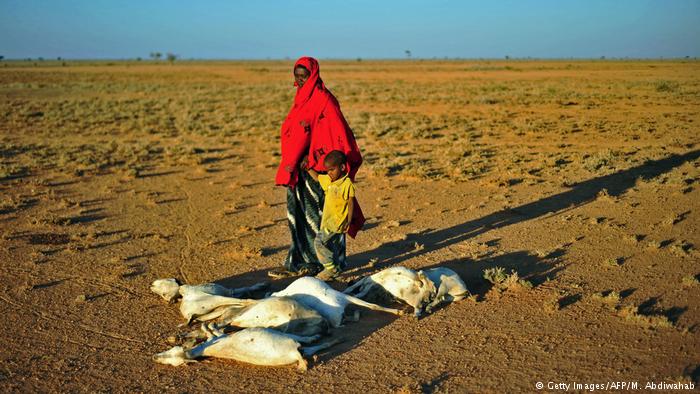A total of about 43 million children, on average, were displaced during a six-year period, between 2016 and 2021.
This was due to the impacts of storms, floods, fires and other extreme weather made worse by climate change.
The most moderate estimates that only take into risks from flooding rivers, cyclonic winds and floods, amount to an expected 113 million displacements of children over the next 30 years.
The report published by the United Nation’s children’s agency said Children had to leave their homes at least 1.3 million times because of drought in the years covered by the report.
The report says this is likely an undercount though. Unlike floods or storms, people do not evacuate before a drought hits.
Floods and storms accounted for 40.9 million – or 95 per cent – of the children displaced.
On average, children living in the Horn of Africa or on a small island in the Caribbean are more vulnerable to the impacts. Many are enduring the overlapping crises of conflict, fragile institutions and poverty.
It also revealed that displacement increases other risks to children.
Children can easily become separated from their parents or caregivers when fleeing their homes, making them at far greater risk of being exploited, trafficked or abused.
Displacement also disrupts access to education and healthcare. For girls, the threats are even greater, with adolescent girls at heightened risk of early pregnancy and violence.
“It is terrifying for any child when a ferocious wildfire, storm or flood barrels into their community,” said UNICEF Executive Director Catherine Russell.
“For those who are forced to flee, the fear and impact can be especially devastating, with worry of whether they will return home, resume school, or be forced to move again. Moving may have saved their lives, but it’s also very disruptive.
The children’s agency says policymakers and the private sector now need to ensure that climate and energy planning takes into account risks to children from extreme weather.
The report says vital services like education and health care need to become “shock-responsive, portable and inclusive” to help children and their families better cope with disasters.
Source: Africafeeds.com


